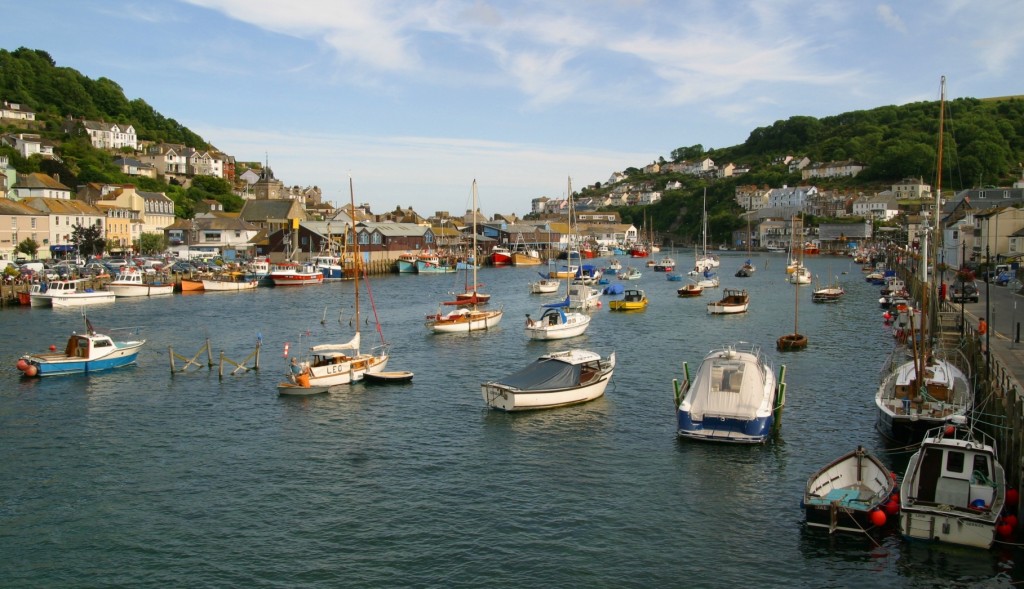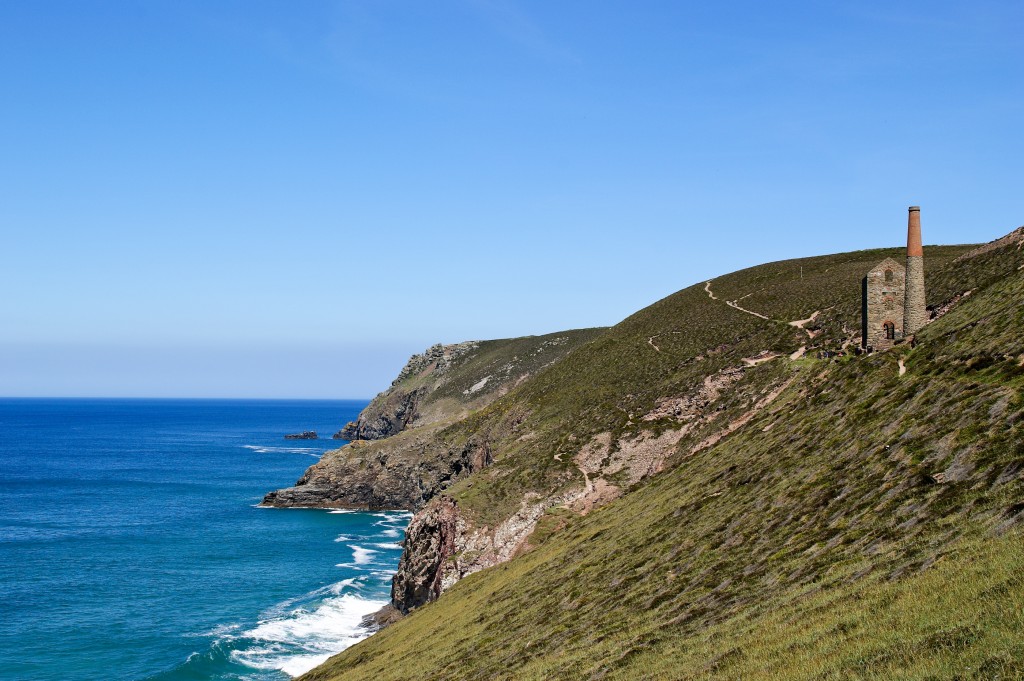Most people who go to the UK tend to hang out in London or venture out to Cambridge, Oxford and occasionally the southern coast. Since I lived there for awhile, we ended up heading to the far western part of the country often in the summer, to a previous placed called Cornwall, where we camped, hiked, rode horses and took in some of best that England could throw our way. Cornwall has narrow roads and beautiful cliffs and is essentially a peninsula bordered to the north and west by the Celtic Sea, to the south by the English Channel, and to the east by the county of Devon, over the River Tamar.
There are lots of things Cornwall is loved for; the dramatic coastline with its captivating fishing harbours; the spectacular beaches and the pounding surf that provide a natural playground for a variety of water sports; and who can forget famous Cornish pasties and luscious cream teas? My ex used to rave at how amazing the waves were for surfing, which we didn’t do a lot of when we were there, but he raved about it nevertheless.
There’s also the wilderness of captivating Bodmin Moor with its panorama of big skies, fascinating prehistoric remains, great walking trails and more than its fair share of local legends. And, of course the harbor boats and charming cottages that perch up on the mountains that create a cave-like feeling around the bay.
There’s also the dynamic art scene found in mainly in West Cornwall, inspired by the naturally stunning landscape; and more recently a food scene to rival London and beyond; Cornwall now has a multitude of award-winning local food producers and stellar chefs putting the region well and truly on the gourmet map. I only wished I was collecting local art at the time I lived there.
Cornwall also has a tremendous history based on its Celtic roots, its Celtic Cornish culture, the warmth and friendliness of the people and the Cornish language that can be seen in the village names.
As for landscape and the sea: in the far west where the sea turns turquoise in the sun, the sand is white and the natural light is sometimes blindingly bright, the land is adorned with a legacy of Bronze age standing stones, huge granite burial chambers, Celtic crosses and holy wells.
In the old industrial heartland, the landscape, recently awarded World Heritage Site status, is dotted with the fascinating remnants of a triumphant mining past illustrating Cornwall’s enormous contribution to the Industrial Revolution with engine houses, museums and miles of recreational trails. The Northern Coast is equally breathtaking.
Historically tin mining was important in the Cornish economy, becoming increasingly significant during the High Middle Ages and expanding greatly during the 19th century when rich copper mines were also in production. In the mid-19th century, however, the tin and copper mines entered a period of decline.
Subsequently china clay extraction became more important and metal mining had virtually ended by the 1990s. Traditionally fishing (particularly of pilchards), and agriculture (particularly of dairy products and vegetables), were the other important sectors of the economy. The railways led to the growth of tourism during the 20th century, however, Cornwall’s economy struggled after the decline of the mining and fishing industries. The area is noted for its wild moorland landscapes, its long and varied coastline, its many place-names derived from the Cornish language, and its very mild climate. Extensive stretches of Cornwall’s coastline, and Bodmin Moor, are protected as an Area of Outstanding Natural Beauty.
A must visit if you get to the UK. Preferred time would be mid-summer or early fall when there are less tourists migrating to its shores.

Renee Blodgett is the founder of We Blog the World. The site combines the magic of an online culture and travel magazine with a global blog network and has contributors from every continent in the world. Having lived in 10 countries and explored over 90, she is an avid traveler, and a lover, observer and participant in cultural diversity. She is also the founder of the Magdalene Collection, a jewelry line dedicated to women’s unsung voices and stories, and the award-winning author of the bestselling book Magdalene’s Journey
She is founder of Blue Soul Media and co-founder of Blue Soul Earth as well as the producer and host of the award-winning Blue Soul CHATS podcast, that bridges science, technology and spirituality. Renee also founded Magic Sauce Media, a new media services consultancy focused on viral marketing, social media, branding, events and PR. For over 20 years, she has helped companies from 12 countries get traction in the market. Known for her global and organic approach to product and corporate launches, Renee practices what she pitches and as an active user of social media, she helps clients navigate digital waters from around the world. Renee has been blogging for over 16 years and regularly writes on her personal blog Down the Avenue, Huffington Post, BlogHer, We Blog the World and other sites. She was ranked #12 Social Media Influencer by Forbes Magazine and is listed as a new media influencer and game changer on various sites and books on the new media revolution. In 2013, she was listed as the 6th most influential woman in social media by Forbes Magazine on a Top 20 List.
Her passion for art, storytelling and photography led to the launch of Magic Sauce Photography, which is a visual extension of her writing, the result of which has led to producing six photo books: Galapagos Islands, London, South Africa, Rome, Urbanization and Ecuador.
Renee is also the co-founder of Traveling Geeks, an initiative that brings entrepreneurs, thought leaders, bloggers, creators, curators and influencers to other countries to share and learn from peers, governments, corporations, and the general public in order to educate, share, evaluate, and promote innovative technologies.











